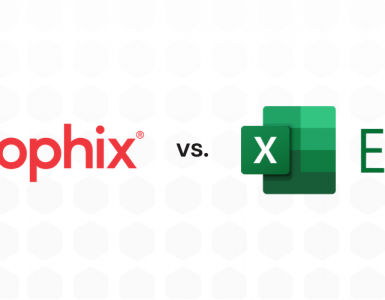Oliver Christie is an Artificial Intelligence Consultant, Futurist, and Speaker. He is the winner of the Google Moonshot prize, the IBM Watson Prize, and was included in CBR’s 10 Influencers Driving AI in Business.
The great promise of AI is that with the right data every single business can be improved, revenue increased and costs reduced. The challenge is where to start with this technology, what to think about and what to build.
In a commercial environment, there are three main approaches to consider when thinking about applying AI.
1: Use AI to Address Business Problems
The first is to use AI to tackle existing business problem, issue or fault. This diverse set of problems include, but are not limited to, cyber-security, fraud, the supply chain, legal and regulatory compliance. It also includes basic human errors in all the many and varied ways this occurs.
There are strong existing solutions in each area, that use AI to better tackle these complex problems. As most of these situations can be clearly defined, the main obstacle is finding a good technology and business fit for any solution. Improved security, reduced fraud, a better supply chain, and less human error all impact on the bottom line of any business.
However, the measured impact will be much more than a simple dollar value. Other areas of the business will also be improved by virtue of better (machine driven) intelligence or insight. Fixing existing problems (using AI) is often the best place to start for most companies as the payback is fast, disruption is minimal and there are good existing solutions.
[bctt tweet=”Fixing existing problems using AI is often the best place to start for most companies as the payback is fast, disruption is minimal and there are good existing solutions. – @OliverChristie” username=”prophix”]2: Use AI to Optimize Processes
The second approach is to use AI to optimize existing business processes. Any function within a company can be faster, cheaper or more efficient using the right approach. This is the majority of the AI being discussed for business application at the moment.
Knowing where to start, what AI ’tool’ to use and what data is valuable are all non-trivial decisions. Any approach needs to include knowledge of how AI works, together with an idea of the value of information trapped in data, and at the same time an understanding of what questions to ask of the business process. This is where a strong team matters and where technical knowledge must be balanced against business knowledge.
The aim of optimization is to end up producing the most refined (or alpha) version of the business. While the work can be challenging, the end result will have a major impact on the bottom line.
Companies who adopt AI early will have an unfair advantage over the competition. Catching up later will become increasingly difficult as the business learnings (of using the technology) are applied and company thinking evolves.
[bctt tweet=”Companies who adopt AI early will have an unfair advantage of the competition. – @OliverChristie” username=”prophix”]3. Use AI to Create New Business Models
The third approach is to look towards the future, and the creation of an AI centric corporate model: A business where rich data is used for every decision in the smartest possible way.
The AI that is being built today is different from the past; knowing what is possible now and soon is crucial to any strategy. A clean starting point (for any AI centric model) is also a must, without legacy software, legacy hardware and most important, legacy thinking. The old ways of doing business are increasingly going to be challenged by the next wave of AI.
While an understanding of AI is important, it is also important to ask the right question of the technology in a wider context. What is possible? What can the product or service of the future look like? What matters in tomorrow’s society?
How and why a product is made will be different. It will be personal, tailored to improve in narrow situations and more responsive. How service functions, and the value created, also looks different. Intelligence or insight will replace volume or single solution.
The bottom line will also look very different. The information economy, decentralized crypto-currencies, and the sharing economy are all good examples of disruptive thinking, where the legacy approach has been challenged.
The people and companies who can look towards the future in this way will build the next great enterprises. An AI centric world is coming, the only question is are you going to be left behind?
For more insights from AI and finance experts, check out our interactive guide on AI in Finance.






